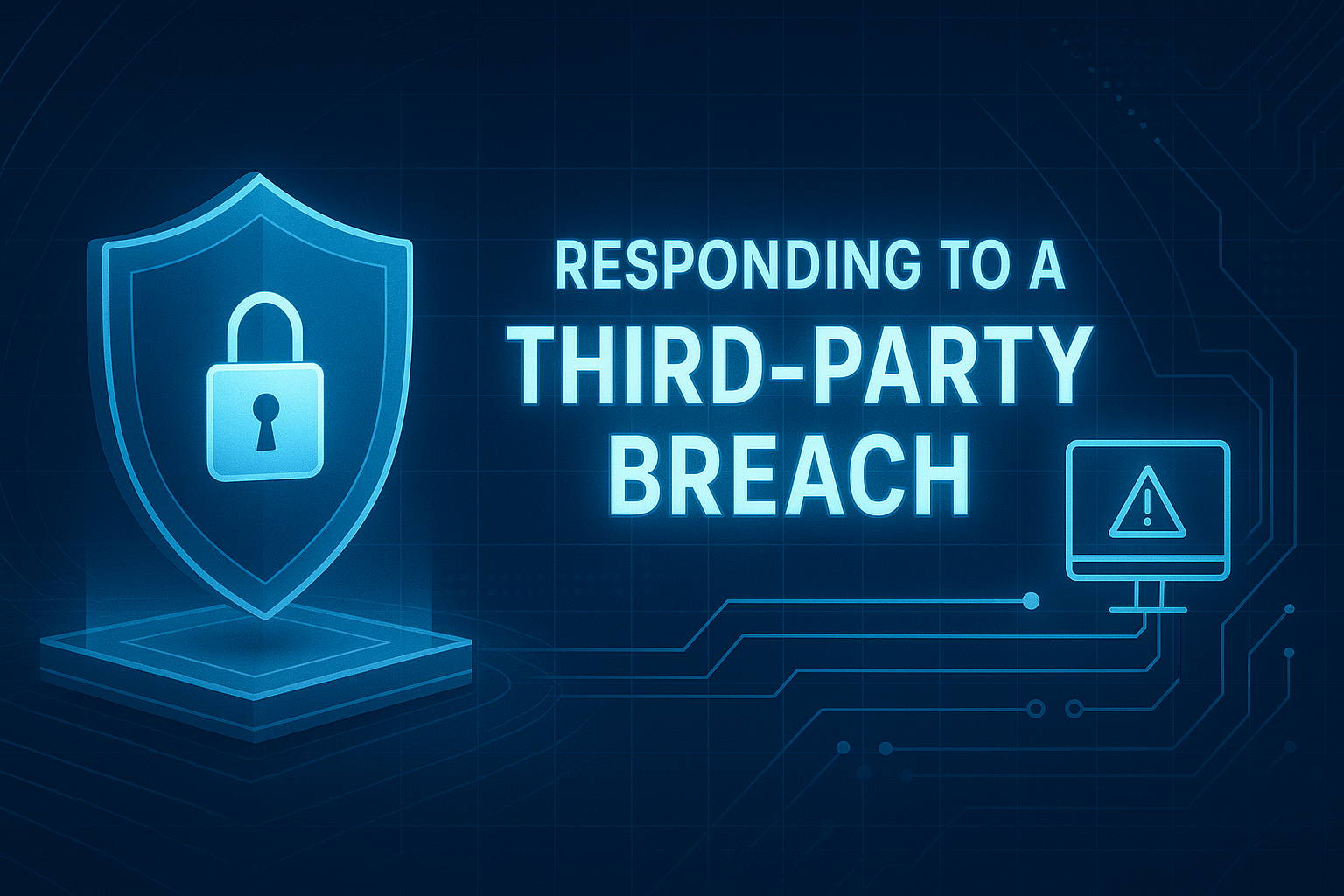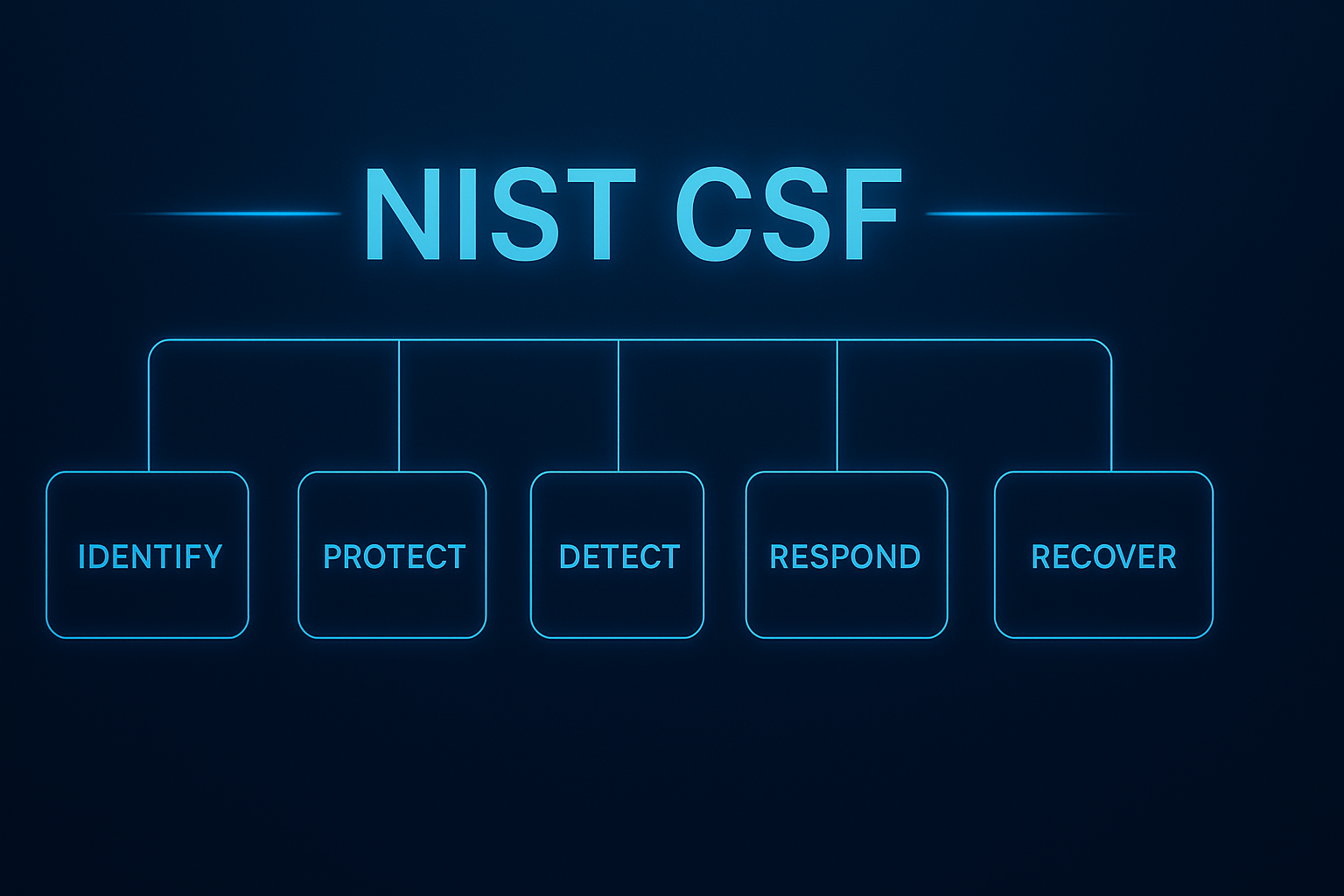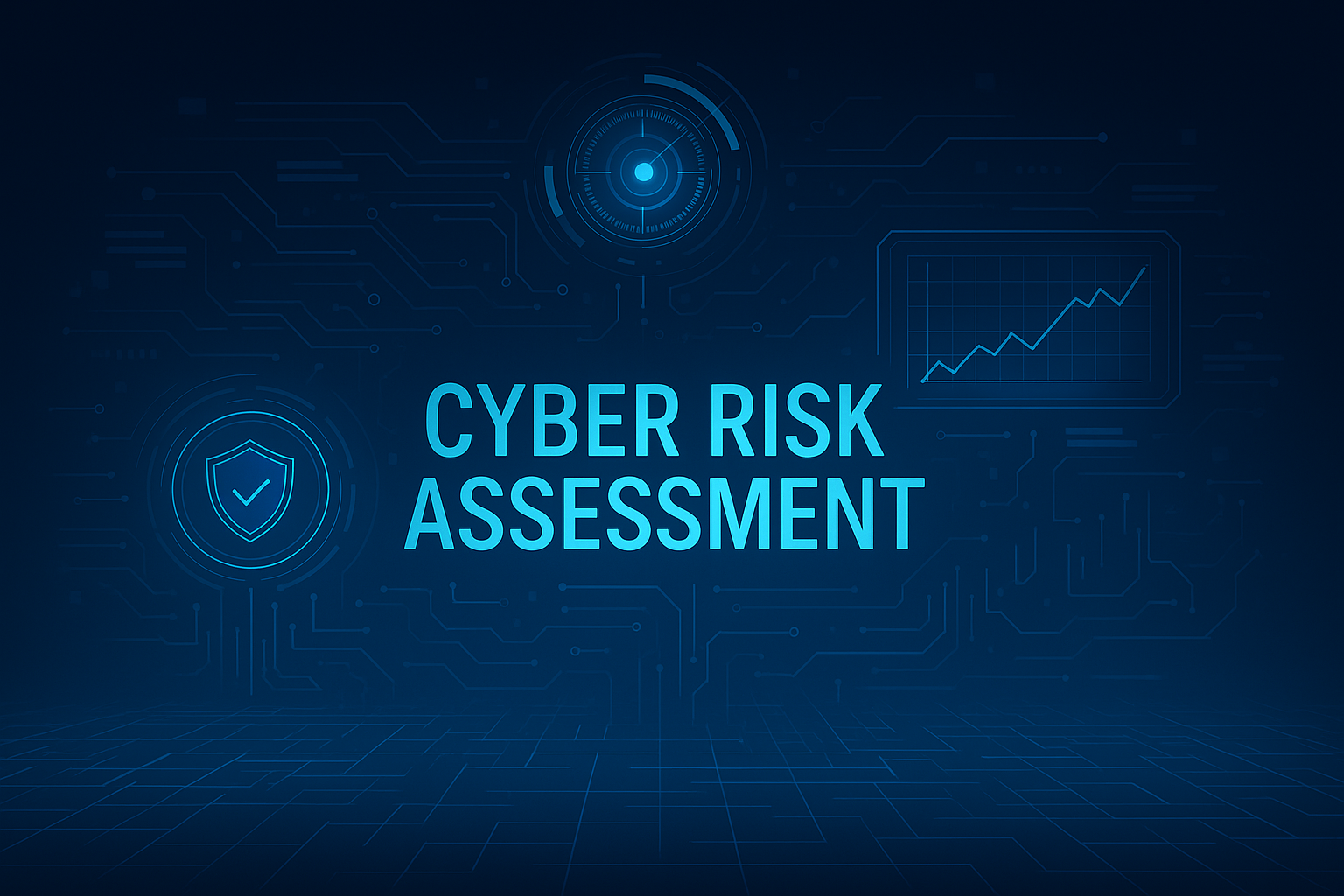Defense Federal Acquisition Regulation Supplement (DFARS) compliance has been top of mind for Prime contractors and Department of Defense (DoD) suppliers since before the initial deadline in 2017. With the first DFARS compliance audit underway and a new certification on the horizon, the road to ensuring that contractors are at least “adequately secure” to process controlled unclassified information (CUI) and win DoD contracts is certainly ongoing.
The foundation of all DFARS reporting and audits to date is the system security plan (SSP) and plan of actions and milestones/mitigations (POAMs).
According to the DoD publication, Assessing the State of a Contractor’s Internal Information System in a Procurement Action, “Plans of action, continuous monitoring and the system security plan (NIST SP 800-171 Security Requirements 312.2-3.12.4) must address all security requirements.” The same document states that one of the objectives in assessing a contractor for procurement is assessing NIST SP 800-171 implementation as a separate technical factor in addition to “adequate security.” Therefore, the assessor will “incorporate the System Security Plan (SSP) and Plan of Action into the contract.”
There are many ways to create an SSP and POAM, whether outsourcing the compliance process entirely or using an integrated cyber risk management platform like CyberStrong; managing off of spreadsheets is no longer feasible.
Another critical objective is that the organization that awards to contract will “Assess/track implementation of NIST SP 800-171 security requirements after contract award."
Tracking implementation through a static GRC tool or spreadsheets makes this tracking almost impossible. Using a live, continuous compliance platform for DFARS compliance, such as CyberStrong, will make proving compliance and tracking progress easy, simple, and straightforward.
The subcontractor must track and prove compliance, and the Prime DoD contractors must also track all its facets and suppliers. CyberStrong makes it easy for suppliers and primes to see the state of compliance and track their progress to show due diligence and prove “adequate security,” if not better.
With that in mind, as a DoD contractor at any level, here is a list of risks from the National Law Review that your organization takes when you push off compliance or manage it in a way that makes the proving aspect of compliance difficult, such as spreadsheets.
Bids
The abovementioned DoD guidance clearly states that SSPs and POAMs are critical in qualifying “adequate security.” The first draft guidance document says that the DoD can execute these actions based on these documents: it can make an acceptable/unacceptable determination based on implementation status to award the contract or not, or it can evaluate implementation “as a separate technical evaluation factor.” This indicates that DFARS and SP 800-171 are the baseline. We’ve already seen a supplement draft published from NIST indicating that organizations further up the supply chain will be held to a higher standard.
You could be denied in the bid process due to inconsistencies between your SSP and POAM and your cybersecurity posture related to NIST 800-171. If the awardee’s implementation of NIST SP 800-171 is inconsistent with its documents, the DoD or Prime will likely choose another contract. Regardless, they will require the SSP and POAM for review since those will make a supplier conferment in the future. If you’ve received a questionnaire in the past, know that that document doesn’t make you compliant, and these compliance documents are paramount to your success.
Termination
To evaluate compliance with your SSP and POAM, the guidance says that your contract must include contract data requirements (CDRLs) that “require delivery of System Security Plan and any Plans of action after contract award.” Again, if you don’t have a live, transparent, and simple way of getting those documents ready for every new contract - automate them! The accuracy of your SSP and POAM and clearly showing that you’re tracking toward full compliance is paramount. The SSP and POAM will be in your contract; thus, failure to comply could lead to termination.
DCMA Audits
In presentations and online, DoD has clarified that the DCMA will verify that the contractor has an SSP and POA&M. As we’ve seen, the first DFARS compliance audit is already underway, conducted by the DCMA. While the landscape is shifting to a certification model, those who are part of or joining the DoD supply chain should know they could be subject to audit.
False Claims Act
It is essential to take note of this risk. Using the SSP to evaluate your security measures and using it as a deliverable related to a government contract can increase the potential risk of a False Claims Act violation for your company. Example: An SSP may misrepresent a contractor’s cybersecurity status, and the DoD may take action based on fraud in the inducement. The DoD can establish that the organization included the cybersecurity status of a contractor in the award decision, which could potentially put all earnings under the contract at risk.
Automate DFARS Compliance with CyberStrong
Considering the growing standards and frameworks to comply with and actively manage, CyberStrong can automate the assessment process to deliver real-time insights on gap analysis. Glean accurate insights and track progress to DFARS, NIST 800-171, and CMMC compliance with an automated solution.
Learn more about our risk-based approach to DFARS and CMMC compliance, along with other gold-standard frameworks, in a demo.





.png)
.png)
.png)
%201.png)
.png)




